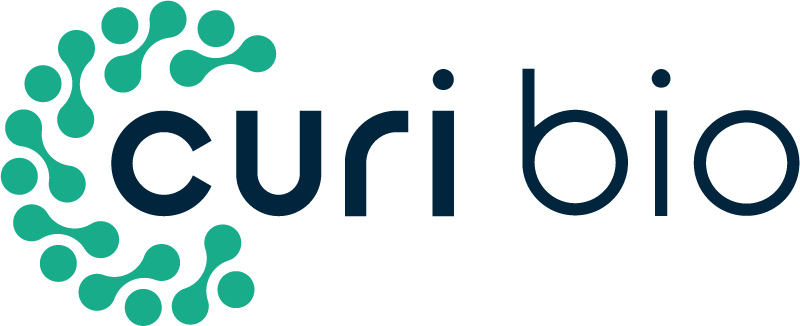The coverglass comes in two different topography. Which one should I use for my application?
Our coverglasses come in two different formats: (1) flat and (2) NanoSurface substrates. Generally speaking, both formats have a polymer substrate that is softer compared to conventional coverglass. As a result, the softer coverglasses are more representative of the microenvironment of tissue with respect to the mechanical properties of the substrate. The NanoSurface substrate is featured with submicron grooves with the feature size comparable to that of collagen microenvironment in body. The pattern is also optimized to be in the size of the focal adhesion of cells and facilitate the alignment of adherent cells. Our customers usually use flat substrates either for their improved mechanical properties (softer substrate) or as a control sample for nanopatterned topography to show the differences in the functionality of aligned and non-aligned tissue. The patterned feature is specifically very useful for mimicking the microenvironment of many cell lines (such as pluripotent stem cells, cardiomyocytes, neurons, vascular muscle, epithelial, endothelial, mesenchymal stem cells, cancer cells and many other cell types) in vitro.
